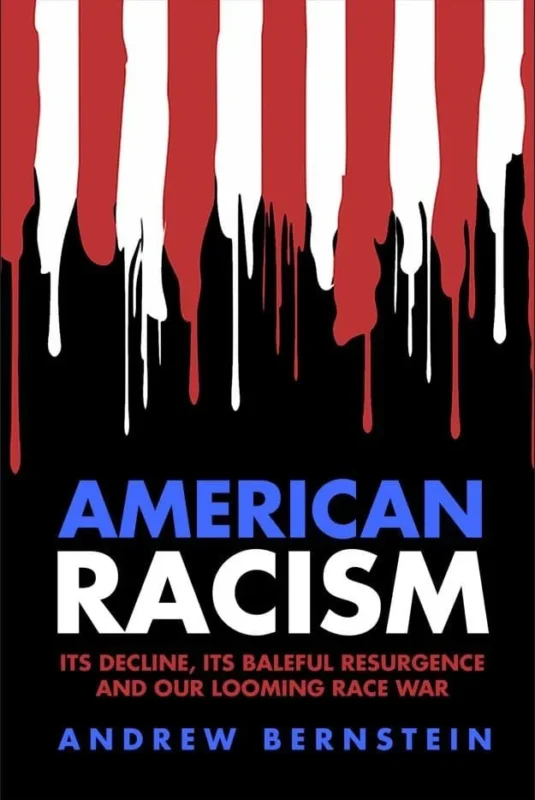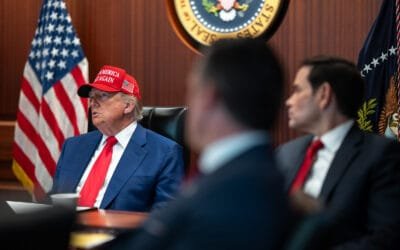A recent trip to the nation’s capital was a sobering and rewarding reality check. Since the Sept. 11, 2001, attack on America, Washington, DC, has endured anthrax-laced mailings to Congress, sniper shootings, and a periodic deployment of missiles to shoot down passenger jets used as weapons, like the plane that struck the Pentagon — and the plane that was headed for either the Capitol or the White House. This isn’t the Washington of an eighth grade class trip — this is Washington at war.
Soldiers, policemen and guards are everywhere on streets and sidewalks and around buildings. Among the most protected places is the Holocaust Museum, a huge, foreboding chamber of horrors where security cameras trace one’s every move.
The Holocaust Museum is a memorable visit. Each guest is provided with a true account of an individual who was imprisoned at Nazi concentration camps. There is a great deal of information contained in the museum’s thick walls — German appeasement of the Nazis’ rise, the election of Adolf Hitler, the astonishment of American troops who discovered the camps — and there is no attempt to sanitize the misery.
There is also no attempt to provide the philosophical context of Nazi Germany. As the name implies, the Holocaust Museum puts the emphasis on the horrors — not on the fascist philosophy that made such atrocities possible, not on Europe’s appeasement, not on the evasion of evil. That is a tragic mistake because the real lessons of Nazi Germany can not be learned from ghastly classroom newsreels — not without understanding why evil triumphs when good people do nothing. It is in this sense that the Holocaust Museum is unmistakably relevant.
The 9/11 exhibition at the Smithsonian Institution’s National Museum of American History, “September 11: Bearing Witness to History“, brings the present into sharp focus. Every display, including recorded telephone messages from those stuck in the Twin Towers, is a reminder that America was attacked. For those inclined to regard a strike against state sponsors of terrorism as the initiation of force, the exhibition offers incontrovertible evidence that the war began on 9/11.
Among the objects on display: a crushed television monitor, recovered from the Pentagon. This is the same TV watched by staff members in the Pentagon’s Navy Command Center on Sept. 11, as live news coverage showed the World Trade Center under siege. It is striking to examine the mangled set that was watched by those who did not know that they, too, would be attacked. Many of the 125 people who died at the Pentagon were located in the Navy Command Center.
A television — that distinctly American symbol which unites us — is a particularly appropriate artifact of history, especially today, when news clips of the attack have practically been expunged from television news coverage. The footage is shown here, recreating that black day as a video reminder that terrorists do not wear uniforms or claim allegiance to the states that sponsor their sinister acts. The Smithsonian exhibition, which runs through July 6, is dedicated to the victims, survivors, and rescuers.
There is one place in Washington that transcends the moment and stands as a constant reminder why we must win this war: the Jefferson Memorial. Located where the nation’s capital lets loose a steady stream of traffic to Jefferson’s beloved Virginia, it is not enclosed; it is round, free and open to the wind off the Potomac River. The Jefferson Memorial is a reverent tribute to the man who created a nation based on individual rights.
For those who love America, being inside the Jefferson Memorial can only be described as an exalted experience. It is right that Thomas Jefferson’s larger than life figure endures where Washington, DC, meets the nation made possible by his ideas. Jefferson knew that creating the United States of America required a declaration of independence — he knew that would mean going to war — he knew America was worth fighting for.
That Washington, DC, — named for a Founding Father who was also a general — remains America’s citadel, where leaders debate ideas based on the rule of law, not brute force, is a testament that Jefferson was right.









